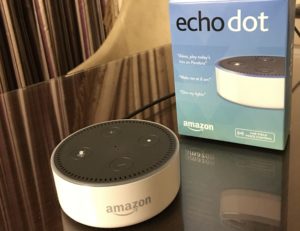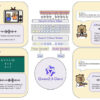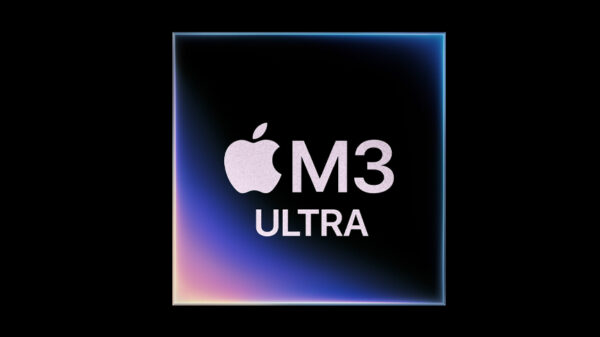A new generation of smart home sensors, which ABI Research predicts to exceed four billion installations globally by 2022, will soon change how homes are built, maintained, and managed. The sensors, embedded in a wide range of smart home devices and appliances, will deliver near real-time understanding of even slight changes within home environments.

Echo Dot has become Amazon’s Trojan horse for Alexa penetration into the smart home — similar to Google’s Chromecast and the Google Cast standard PHOTO: MELBA BERNAD
The ability to transform this data into valuable systems and services will be at the heart of smart home adoption and the future housing market.
“Smart home sensors will lay the foundation for the automated smart home experience,” says Jonathan Collins, Research Director at ABI Research. “The advanced sensing capabilities will fine-tune new services and applications from home personalization to energy and security management.”
The success of smart home voice control devices, such as the Amazon Alexa, Google Home, and Apple’s efforts with Siri and Apple TV, emphasized the ability for audio sensing to not only change actions in the home but to also entice collaboration from a wide range of associated application and service providers.
ABI Research finds smart home device manufacturers must leverage familiar sensor capabilities like sound, light, motion, and temperature, along with emerging techniques, such as tomographic sensing, to develop intelligent control systems able to react and adapt to the home environment automatically. At the same time, smart home integrators and platform providers must establish how they can effectively leverage sensing to automate changes in the home.
“Automated home management, grounded in sensing capabilities, has the potential to change how homes are built, owned, shared, and lived in,” concludes Collins. “Greater home personalization and efficiency can underpin a move to smaller, more shareable living spaces, and the builders and the real estate market are already taking note.”
















































































































